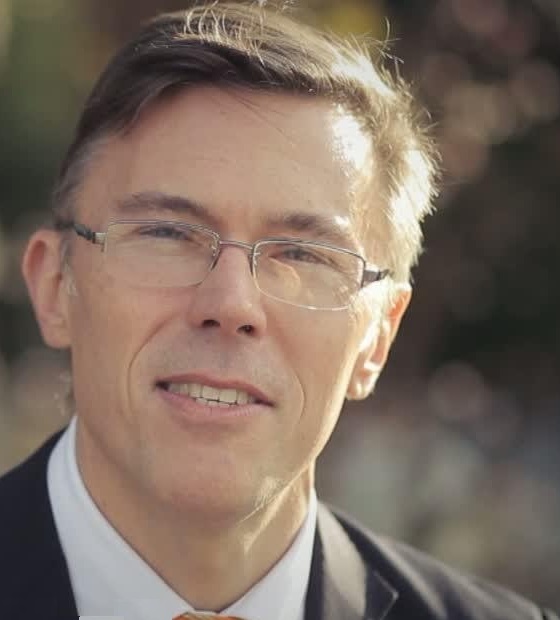In 2016, the historic Paris Climate Change Agreement accelerated already growing markets for climate-smart investment. And 2015 was another record-breaking year for renewable energy, with nearly $350 billion invested, more than double the amount going to fossil-powered generation.

The growing attraction of climate business was evident at last year’s UN Climate Change Conference in Marrakesh, where more and more major businesses spoke about climate as an investment opportunity that they were looking to pursue. But where are the most promising investments? And what do governments need to do to unlock private finance between now and 2030?
To answer these questions, the International Finance Corporation (IFC) – a member of the World Bank Group and the largest global development institution focused on the private sector in developing countries – analysed the national climate action plans (Nationally Determined Contributions, or “NDCs”) made by 21 rapidly growing emerging market economies where we expect to see major investment in infrastructure and climate-smart solutions.
If these countries make good on their ambitions to scale up solar and wind energy, increase green buildings, put in place cleaner transport, and implement waste solutions – there is a $23 trillion investment potential to 2030. Several sectors show great promise:
Renewable energy markets are set to accelerate. A total of 138 countries have prioritised the sector in in their climate plans. Profitable investment opportunities are expected to be on the rise in rapidly growing economies such as Panama, where IFC is helping to finance the Penonome wind farm, a 215-megawatt plant that will be Central America’s biggest. As governments move to implement their renewable energy targets in a post-Paris world, we can expect many more Penonome-type investments.
Energy efficiency is also a growing opportunity, with 110 countries targeting investments in cogeneration, efficient appliances, and green buildings in their Paris commitments. One example of an energy-efficiency investment that we can expect to see more of is IFC’s China Utility Energy Efficiency programme, which provides Chinese banks with a risk-sharing facility and advisory services to help them implement energy efficiency investments. The program started in 2006 with two Chinese banks and has grown to drive 11 billion Chinese yuan ($2 billion) in finance through local banks. And as Chinese citizens increasingly move to cities, we see $2.1 trillion in new green buildings investment by 2020.
The outlook for investment in climate solutions by private enterprise is strong. Unlocking this potential requires sustained action by governments to put in place the right set of policies and measures. We see three key priorities for countries seeking to attract private investment.
First, turn climate targets into long-term clean growth strategies, with supportive policies and budgets. This means integrating commitments into national development strategies and putting in place clear and consistent policies such as carbon pricing. Governments can ease the path for private sector investment by integrating climate considerations into key sector policies such as energy and agriculture by removing inefficient production or consumption subsidies and aligning tax and fiscal policies.
Countries can also use innovative support mechanisms like reverse auctions and competitive procurements. And we stand ready to help. One example is the World Bank Group’s Scaling Solar programme that provides governments with a template for procuring large-scale solar photovoltaic power through competitive auctions. Private sector energy developers can have confidence in a predictable set of specifications and legal documents, even in new markets. Standardisation brings speed and efficiency. Dozens of leading energy companies participated in the programme’s first competitive auction in Zambia, which yielded the lowest price so far for solar power in Africa.
Second, countries need to put in place strong enabling environments for private investment, by strengthening competition and promoting investment and capital flows. Effective and transparent business taxation, regulation, legal enforcement of property rights, frameworks for public-private partnerships, and proactive investment policies all help to build investor confidence.
In Jordan for example, the government is transforming its energy sector by complementing its renewable energy law with feed-in tariffs, 20-year power purchase agreements with standardised contracts, and a 10-year income tax holiday with a lower tax rate. The government also provided a sovereign guarantee to back-stop the buyer’s payment obligations. This mix of policies, processes, and incentives resulted in the largest private sector-led solar initiative in the region – the 117 MW, $290 million Tafila Wind Farm, supported by an IFC investment of $69 million – that is being followed by 12 solar projects with power purchase agreements totaling 190 MW.
Third, use limited public finance in a catalytic way. During the challenging project preparation period, public finance can help identify investment opportunities and generate a project pipeline. This is where IFC can help. A “blended finance” approach has allowed IFC to blend small amounts of public concessional funds with private sector commercial funds to finance first-of-a-kind projects that have a high development impact and a strong potential to create a demonstration effect, but have not yet established a commercial track record. Many of these investments have been successful in catalysing market growth. Some of the noteworthy examples include the $4 million in concessional finance that helped bring some of Thailand’s first solar PV farms online in 2011. And in Mexico, $15 million in concessional financing helped one of the first privately financed wind farms in the country reach the finish line, demonstrating market feasibility to investors.
The $23 trillion climate investment opportunity will not happen overnight. It will require cooperation among government, business, and development finance institutions. By conducting focused dialogues around key NDC targets, we can systematically identify key barriers to private investment and develop solutions. But by working together, country by country, we can work to keep global warming under two degrees Celsius while also creating profitable new markets, employment opportunities, and increased resilience to climate change.
Tom Kerr, Principal Climate Policy Officer, International Finance Corporation
